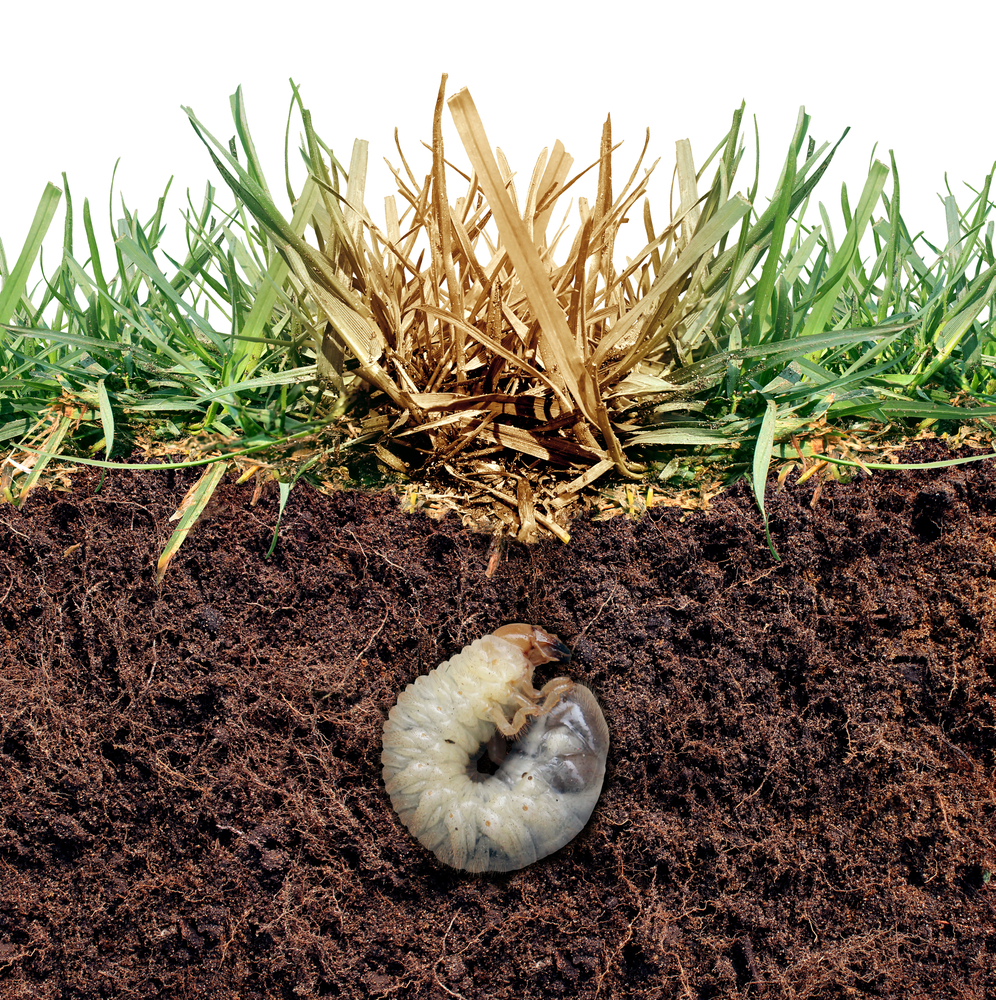
Welcome to Chafer Beetle
Lorem ipsum dolor sit amet. Qui nemo corporis ut incidunt totam ut optio neque ut eveniet voluptatem ut voluptas quam

Chafer Beetle
Local History
European chafer beetle was first introduced to BC in 2001, likely through infested turf. European chafer beetles feed on the roots of turf grass, and may cause serious damage to green spaces like parks and golf courses. They are a nuisance pest to homeowners, as they infest lawns and attract predators such as crows, skunks, and raccoons that damage lawns as they dig for larvae.
Chafer Beetle
Identification
The adult beetles are 1-1.5 cm long with light brown wing coverings. The underside of their thorax is covered in white fluffy hair. They only emerge for 1-2 weeks in June to mate and lay eggs, you may find them flying around tall objects such as buildings or trees.
The larvae are between 0.5-2.5 cm long, they are C-shaped grubs that live underground. Their body is mostly white, the last two segments of their body are grey. They have a tan head capsule and three sets of short legs just behind the head.
Beetle
Life Cycle
Early To Mid-Spring
(Mar-May)
- Chafer beetle larvae (grubs) make their way up to the soil surface to feed on turf/grass roots. Once near the surface the grubs give off a powerful scent which attracts local raccoons, crows, and skunks. These local critters dig up the lawn to gain access to the grubs below for a hardy snack, in turn causing significant damage to the turf.
Contact us for a quick & hassle free estimate
Welcome to Chafer Beetle
Lorem ipsum dolor sit amet. Qui nemo corporis ut incidunt totam ut optio neque ut eveniet voluptatem ut voluptas quam





